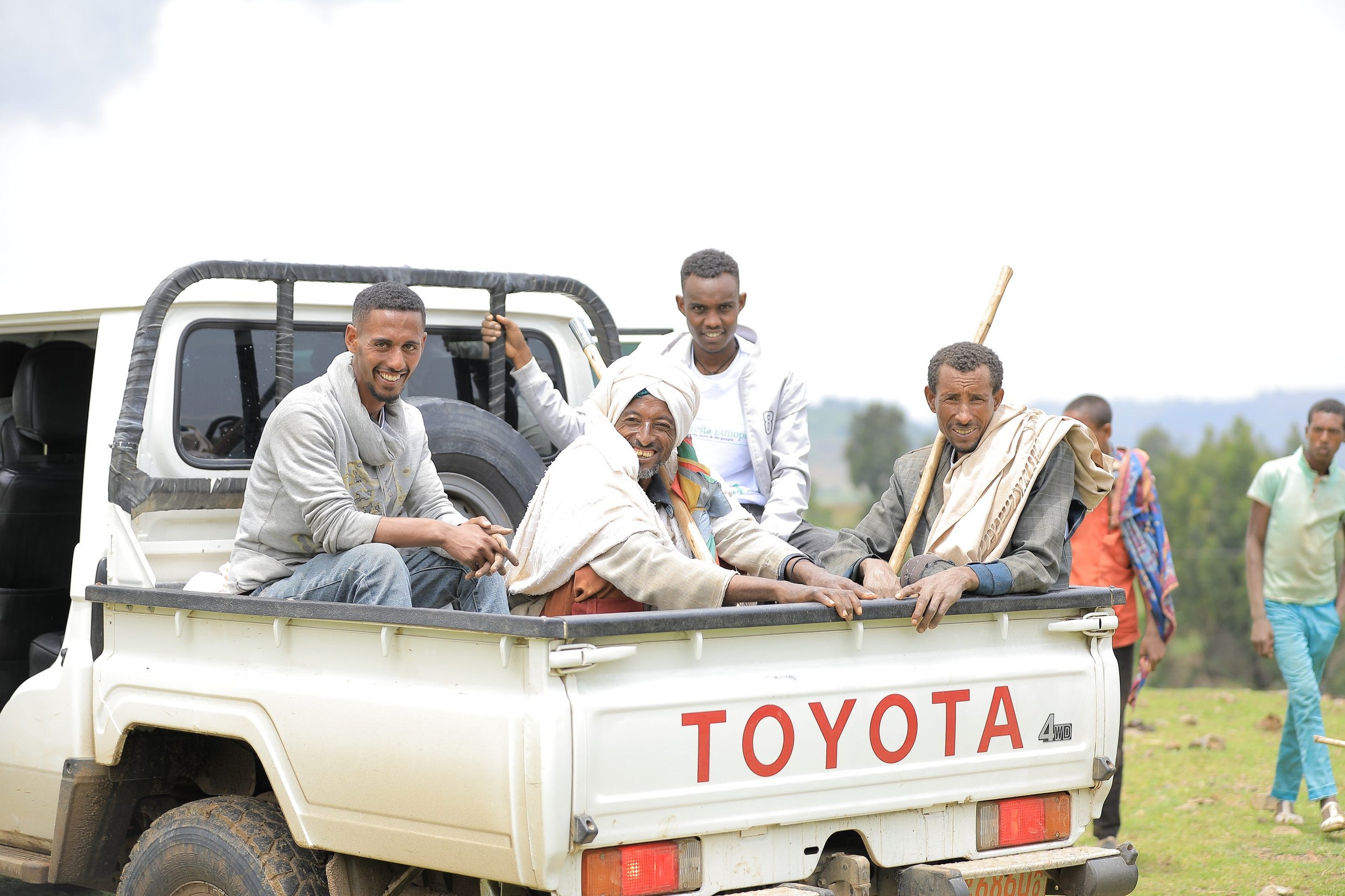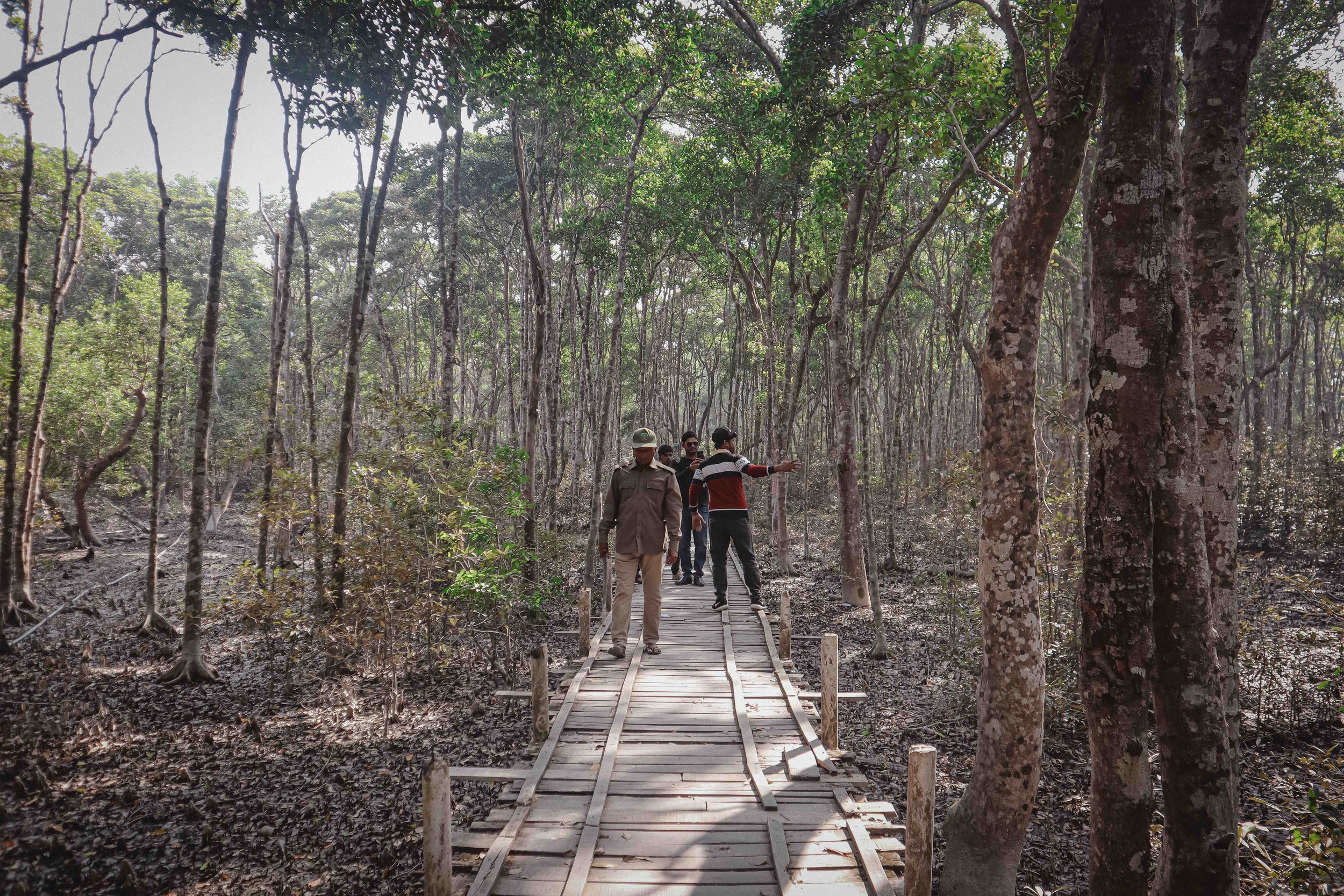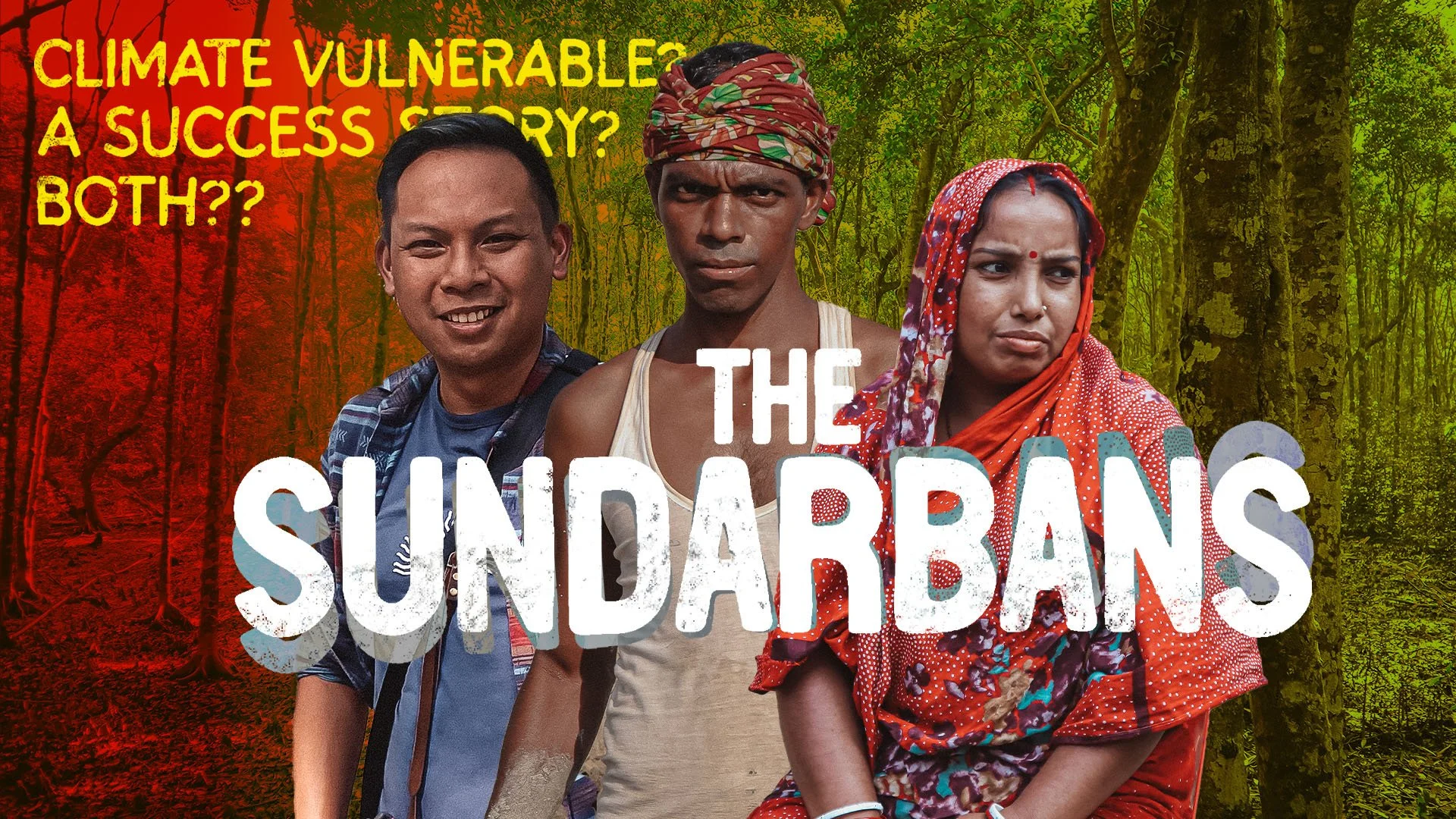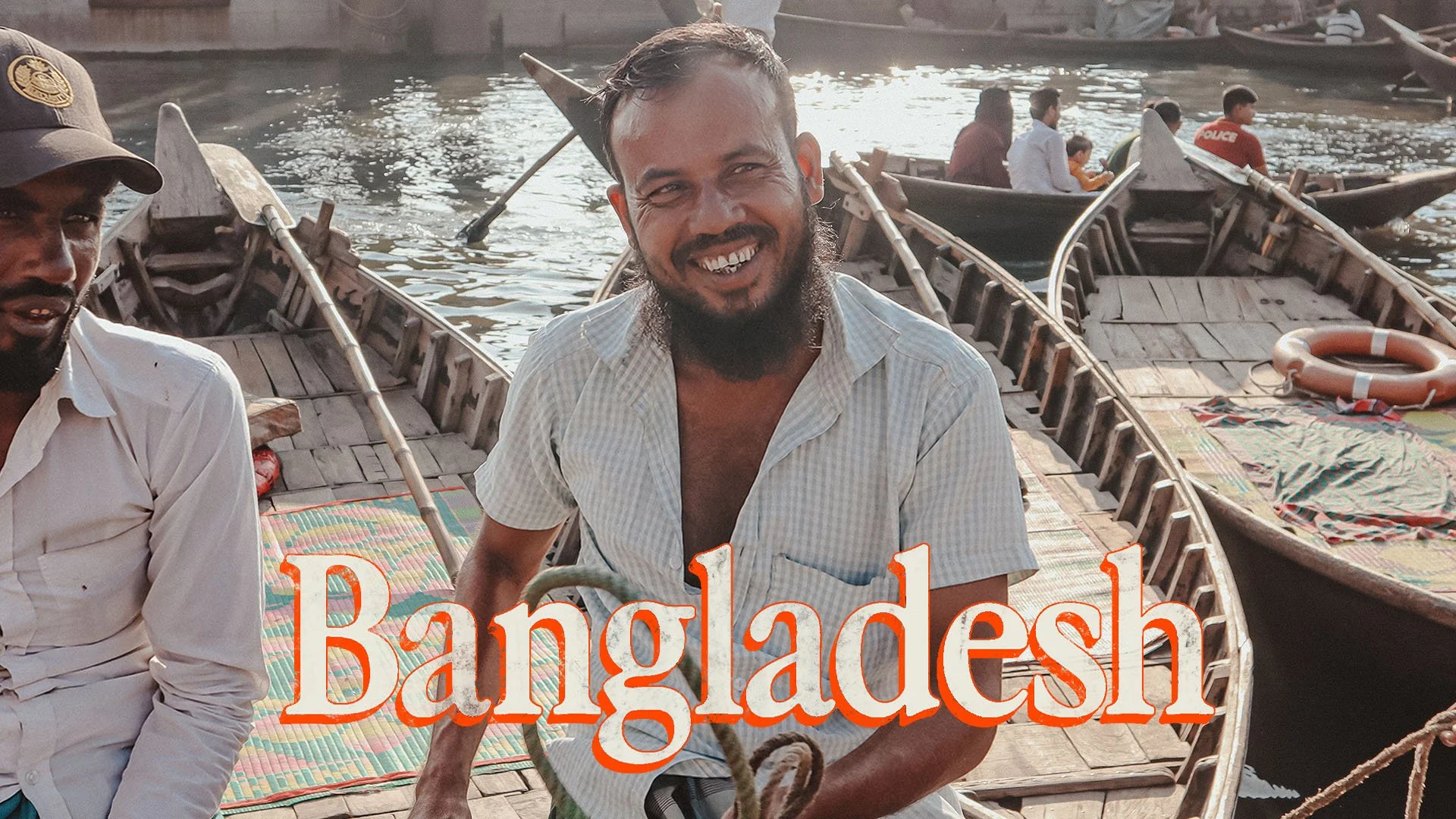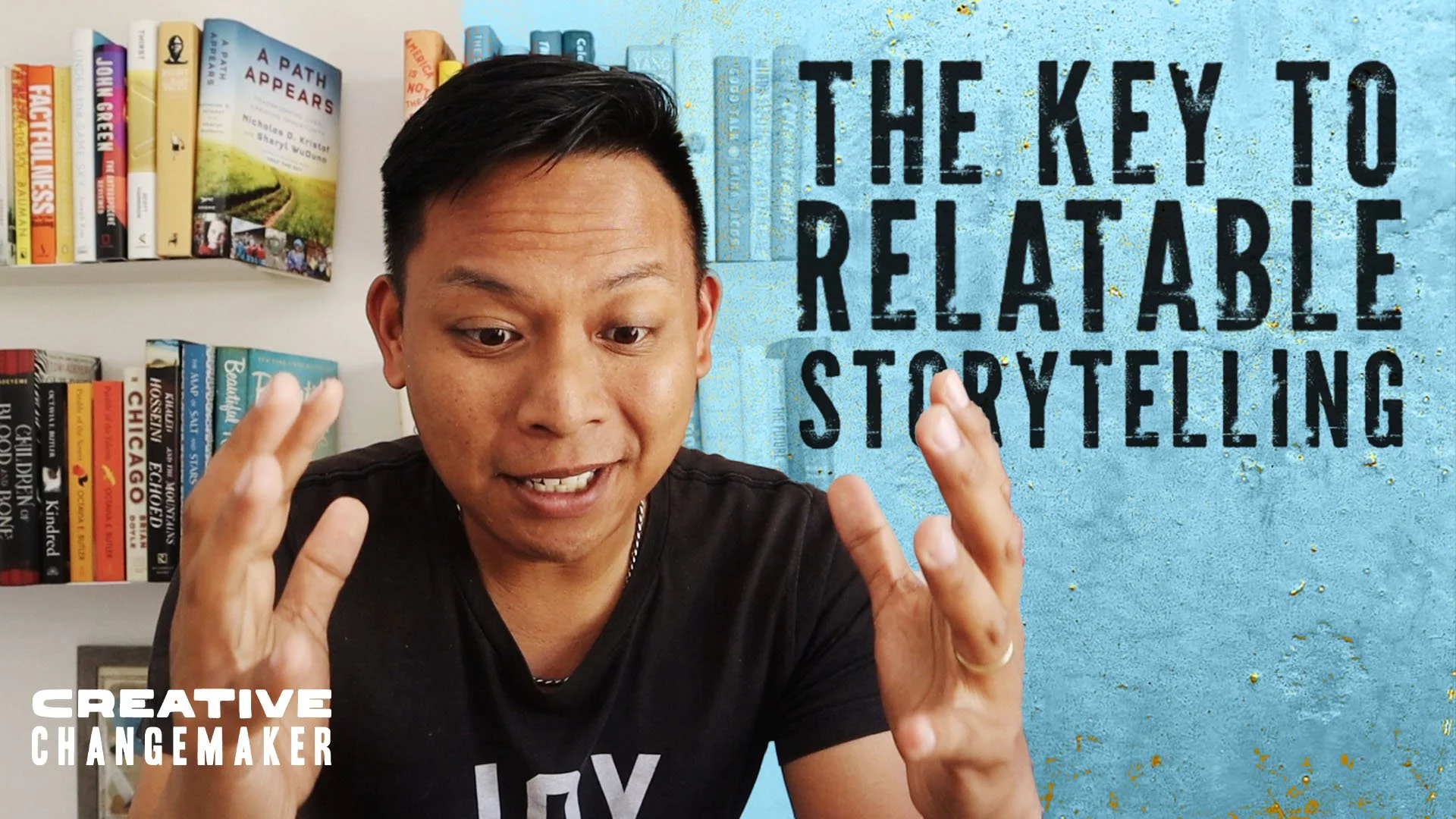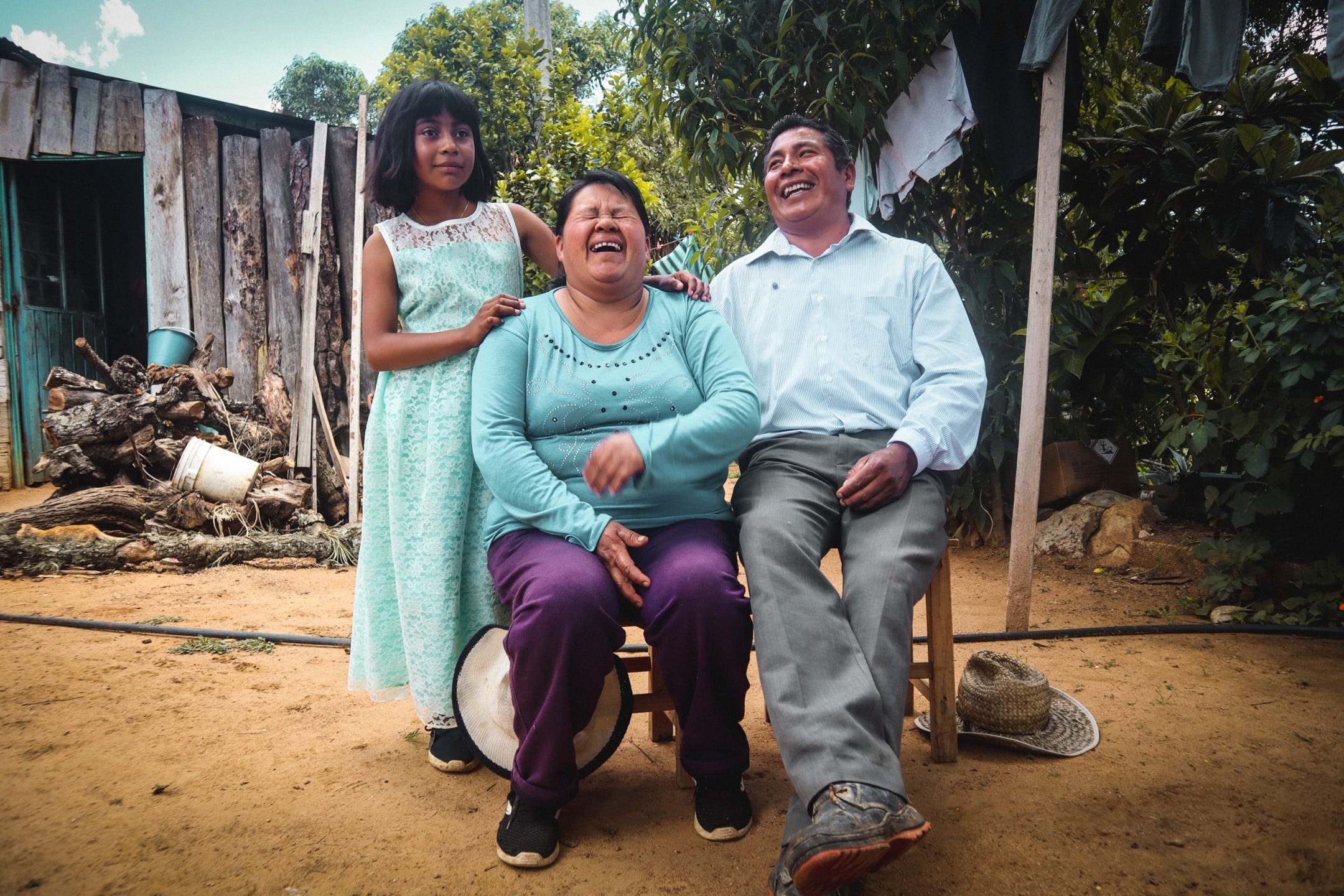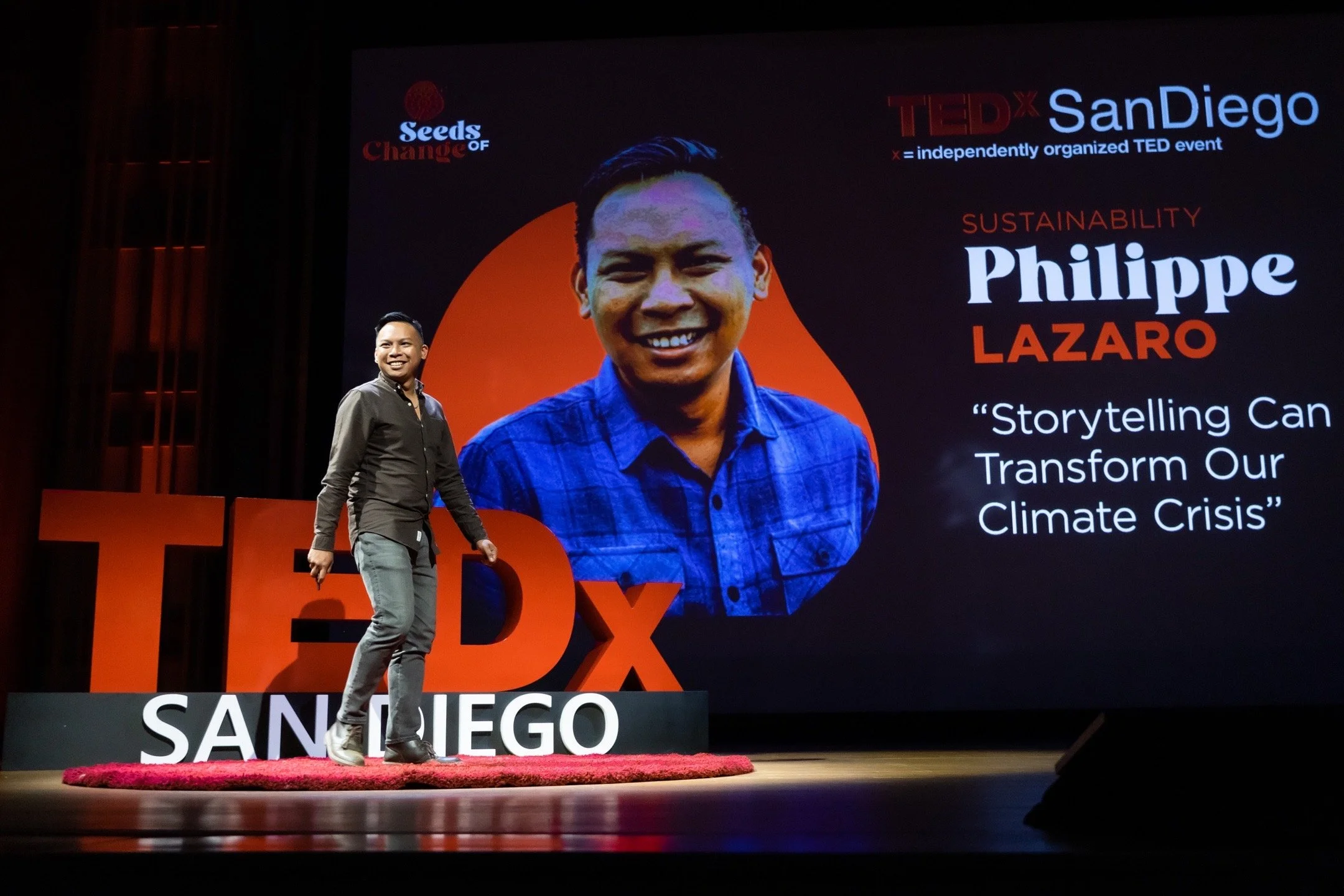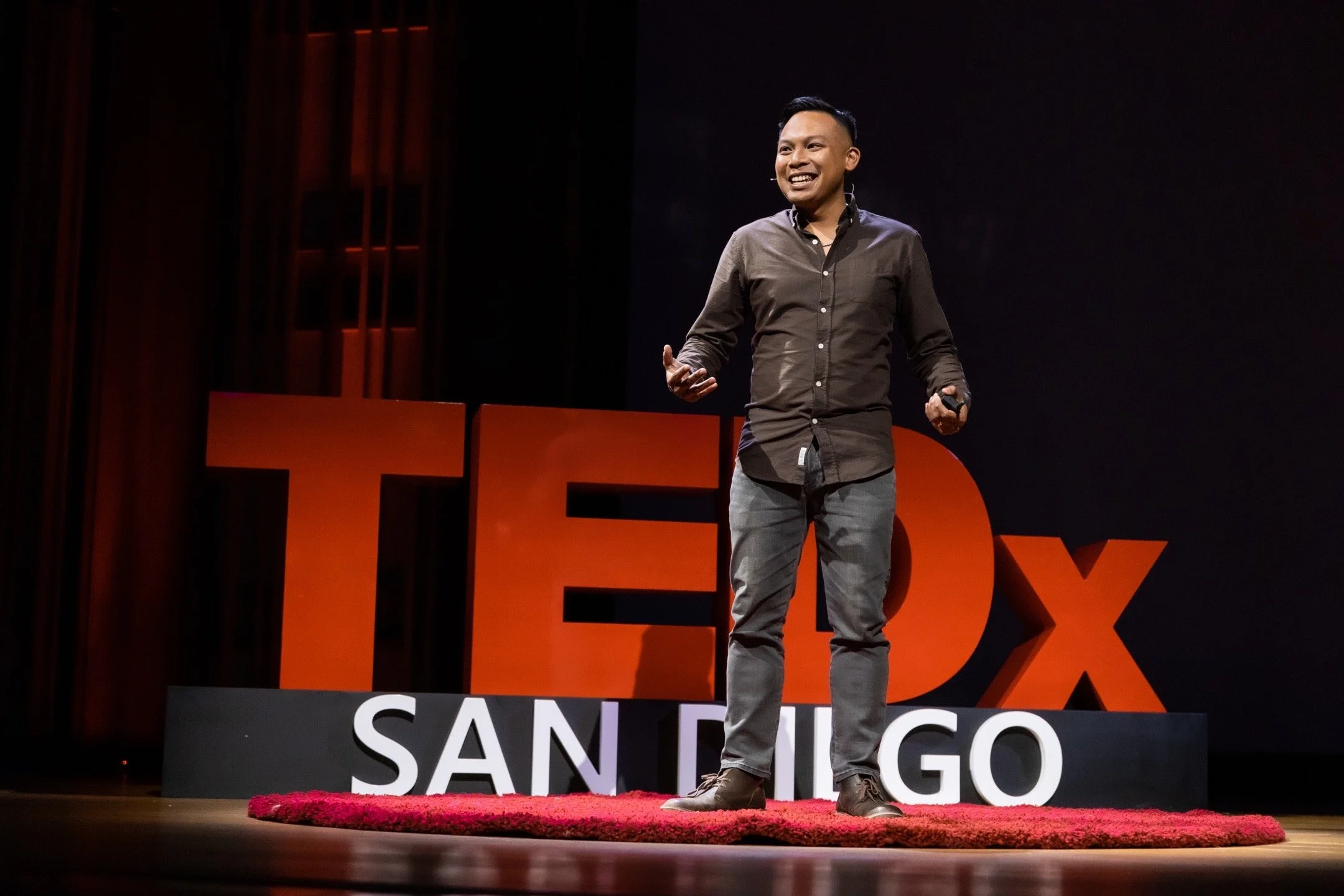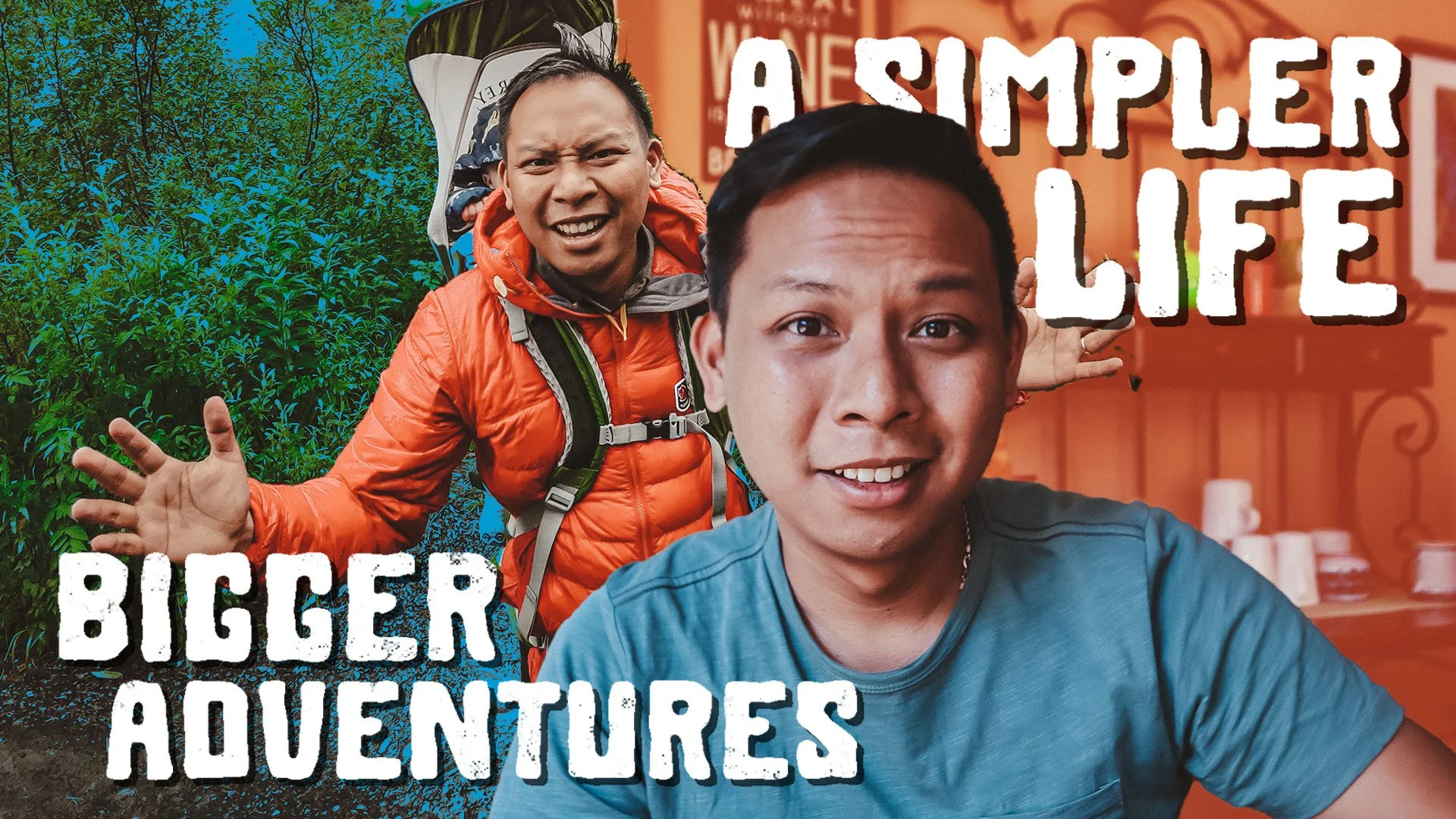In a few weeks, I’ll be participating in a storytelling event… It’s an awesome event where I get to practice longform personal narrative oral storytelling on stage. If you’re familiar with The Moth… it’s something like that!
Storytelling is my hobby and it’s what I do for fun. But it’s my job, too. And I don’t just mean that in the sense of ~applying storytelling techniques is my secret weapon for a career in communications~, (though, sure, that’s true) I mean that my literal job title is storyteller.
I’m not the only one. A quick scan on LinkedIn reveals that there are all kinds of posts and positions out there with the title of storyteller. There are cultural storytellers, brand storytellers, data storytellers, visual storytellers… the City of Detroit even has a chief storyteller, which is simply fantastic.
But how did we get to this point? When I was a kid, the only people I thought could claim storyteller as an actual job title were Levar Burton and the dog, Wishbone. (90s kids public television references are 2-for-1 today). I still think having storyteller as a job makes me sound like the town bard in some Shakespearean village.
I cover the Rise of the Storyteller on my latest video, which is on YouTube now.
There’s no doubt the power of storytelling has become embraced by the corporate world. Even when people don’t quite know how they’re using the word, they’re nodding along in agreement to statements like “your brand is all about the story you’re telling.”
The rise to prominence of Nike and Apple in the 1980s are largely credited with why storytelling plays such a big role in the world of marketing. Nike spent scarce amounts of time talking about the features of their product, and instead focused on the story of a person who probably wears Nike. A successful sportsman who doesn’t mind working hard. The embodiment of “Just Do It.” Meanwhile, Apple’s Think Different campaign also shunned sharing any technical specs of its program, simply saying “hey, if you don’t really like following rules, check out our computer!”
This behavior shifted into politics. Ronald Reagan embraced an electorate that didn’t dissect policy proposals of candidates for the most part, but focused on whether or not they saw themselves in that candidate’s vision. His cinematic experience allowed him to bring storytelling into that arena, reshaping the way a lot of people saw the government.
In a very different space a few years later, Nelson Mandela would use storytelling to interest people in a South Africa without apartheid.
Nowdays, most people who have a product or service to promote have embraced the fact that storytelling is the way to do it. And I have some mixed feelings about this.
For starters, the fact that storytelling has become a massive buzzword is what enables me to have a job as a storyteller. My role doubles as communications manager for an environmental organization. There is direct storytelling involved, in thinking of how to communicate our partner’s stories to donors, potential donors, fans, and supporters, but also the tactical side of figuring out how Joseph Campbell’s hero’s journey can apply to something like an end-of-year fundraising campaign.
I really do love what I’m doing. I get to apply my creative side to work that meaningfully supports an organization doing some important work. It feels like play to me. But here’s my concern with the mainstreaming of storytelling as an important tool.
There’s so much more to it than using literary devices to sell products.
Storytelling isn’t just a part of a good sales pitch. It can be effective in that role because it basically speaks to what makes us spring to life as humans. I don’t want that to become everyone’s first association with the word storytelling.
I do think that everybody should try and find a creative practice that enables them to tell their own story, whether that’s orally or visually, direct and vivid or abstract. Being able to look at your own life through that lens can help you best understand what makes you tick.
Storytelling is important work, so here’s hoping that its popularity can continue to grow without losing what it really means. I suppose that’s not a bad task for people who call themselves storytellers to take on.























